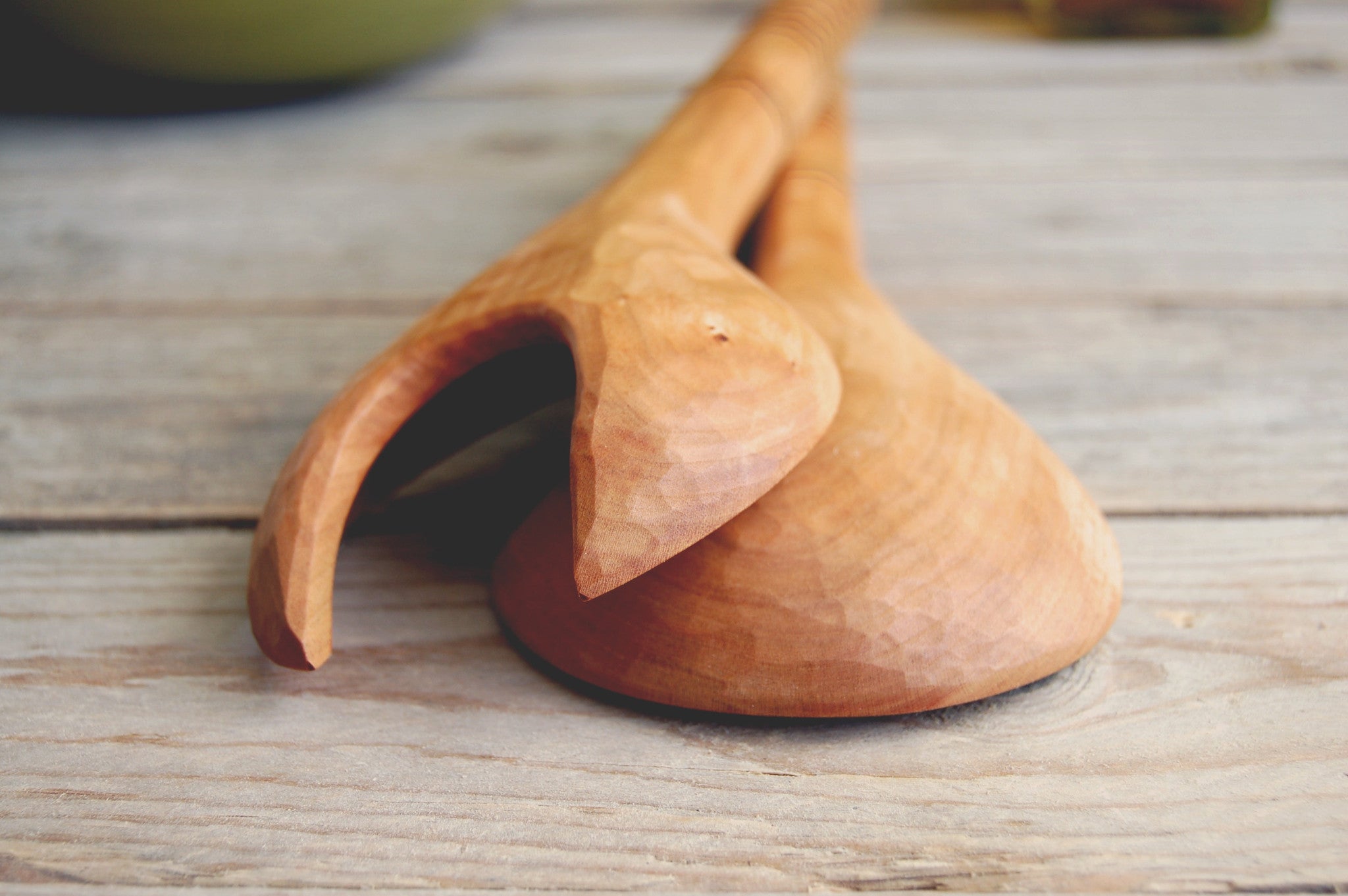Stories
Our very own jewellery line Names Dublin was launched last Autumn. Even after months of brainstorming and experimenting in the studio, we could not have predicted how popular it would prove to be....
Read more
Helen Faulkner - Process & Planters
We have been fans of Helen Faulkner's work for some time now, the contrast between the dark terracotta clay and the creamy coloured glazes she uses is very appealing. We were delighted when she ag...
Read moreIn choosing to name our first collection of jewellery after the women in our families we were set the task of finding out more about these women's lives. I spent many Sunday afternoons last year q...
Read more
Florida born and Dublin reared Alberto Hogan is better known as Tito, or Tito The Spoon maker to give him his full title. Based in Galway for the last few years he’s spent his time there honing hi...
Read moreThree years ago we had a chat with our good friend Alex Synge about the idea of producing an annual wall calendar for Irish Design Shop. After a bit of playing around with what we might do we shel...
Read more